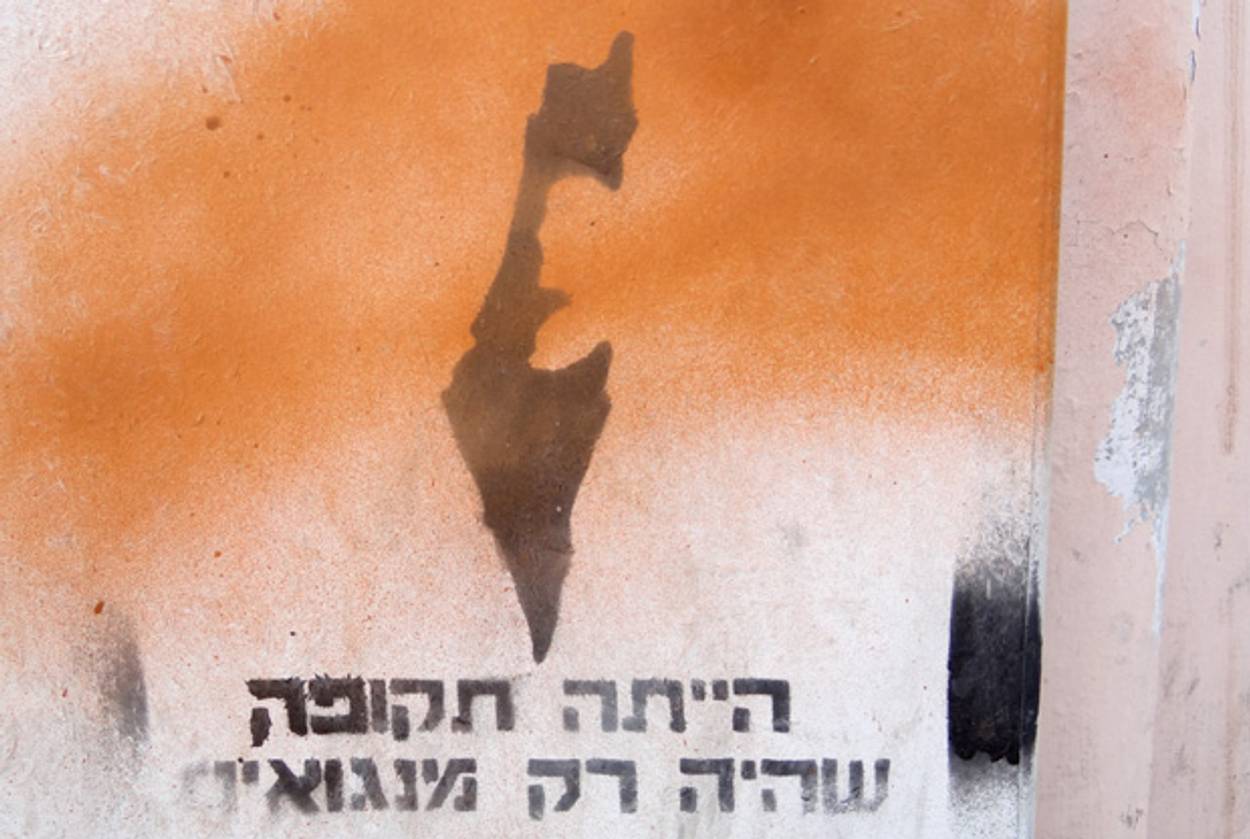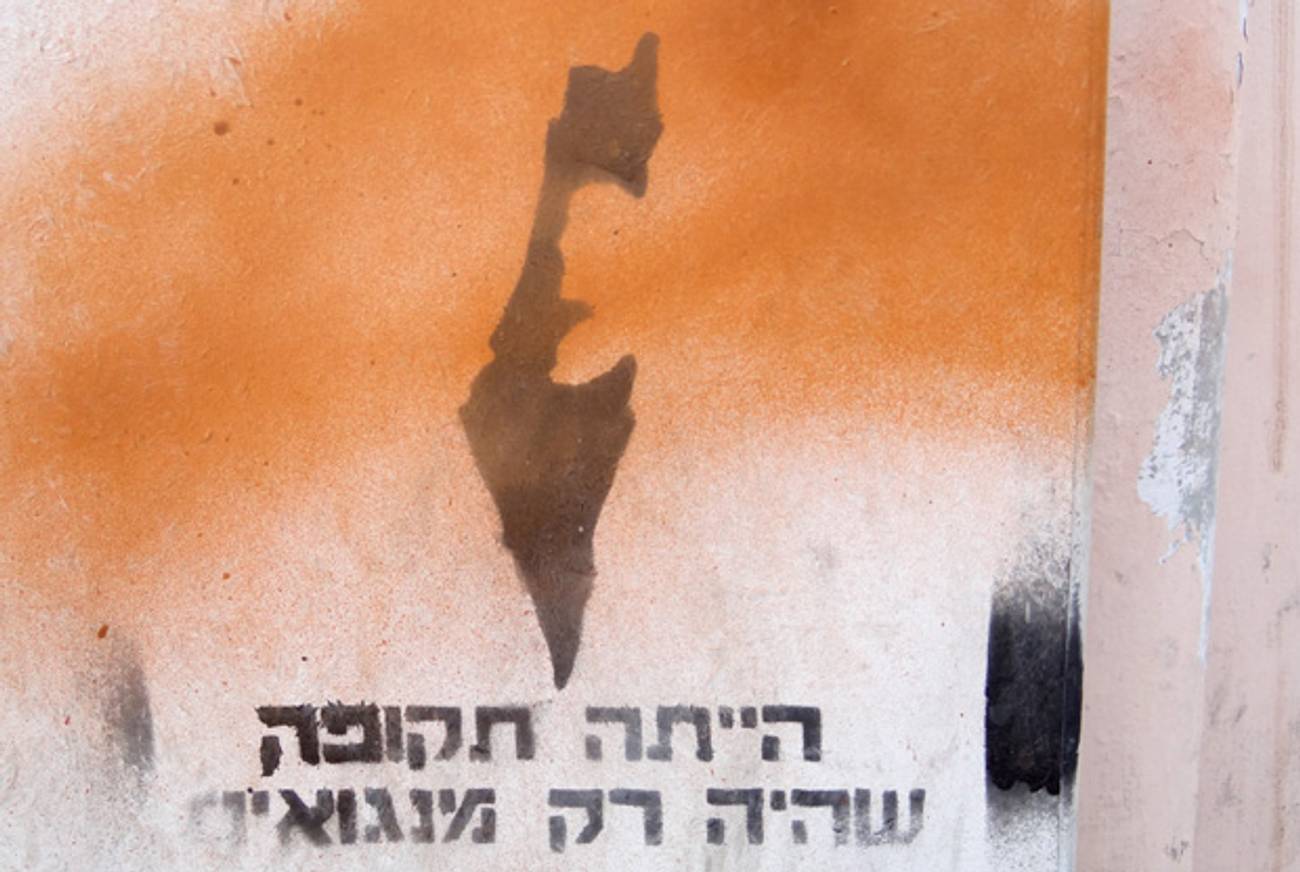These Walls Talk, in Hebrew
In West Jerusalem, neighborhood borders are often marked by the political graffiti sprayed on the streets




It’s hard to ignore the graffiti plastered on the walls of West Jerusalem. Unlike the stylized tags one finds on the streets of New York, more often than not graffiti here bluntly proclaims a political message. As I walked around Jerusalem to document its graffiti in this set of photos, I could often tell that I was entering a new neighborhood only by the sorts of ideological slogans that were spray-painted on the buildings around me.
In the ultra-Orthodox neighborhood of Mea Shearim, for example, “Jewish not Zionist” is a common slogan. But take a short stroll from Mea Shearim to the city center, and you’ll confront quite a different message: Here, the ultra-Orthodox are frequent targets. The most common tag in the city center proclaims, “Derech eretz (good manners) comes before the Torah.” Adapted from a Jewish proverb, this line is meant as a dig at the city’s ultra-Orthodox Jews, who are seen by some secular Jews as disrespectful to less religious Jerusalemites. The graffiti in the city center also addresses wider issues plaguing Israeli society: I saw graffiti that expressed fear of the political right, support for the Mizrahi (Middle Eastern Jewry), anxiety about economic inequality, and competing Jewish and Arab claims to the Holy Land.
A mix of young hipsters and religious people populates the Jerusalem neighborhood of Nachlaot. I saw graffiti there that rewrites “Hatikvah,” Israel’s national anthem, to include the country’s Arab minority. In a tunnel leading to Jerusalem’s central bus station, someone hastily sprayed in large looping letters, “Kahane was right,” referencing Meir Kahane, whose political party was outlawed in Israel years ago because it was deemed racist toward Arabs.
But not all of Jerusalem’s graffiti conveys overtly political messages: Walter Sobchak from The Big Lebowski makes appearances throughout the city.
To launch a slideshow of images of West Jerusalem’s graffiti, please click the link at above left.
***
Like this article? Sign up for our Daily Digest to get Tablet Magazine’s new content in your inbox each morning.
Adam Heffez is a writer and photographer based in Chicago. Last year, he lived in Israel as a Dorot fellow.
Adam Heffez is a writer and photographer based in Chicago. Last year, he lived in Israel as a Dorot fellow.